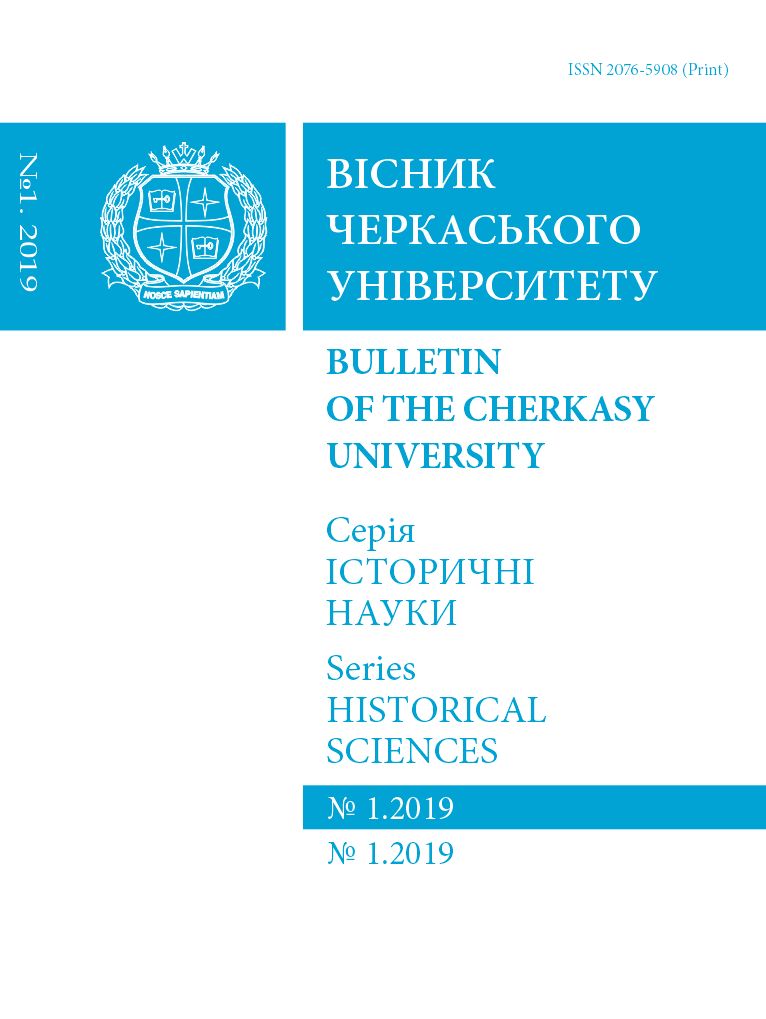Містобудівне регулювання у сфері охорони культурної спадщини Республіки Таджикистан
##plugins.themes.bootstrap3.article.main##
Анотація
У статті аналізується питання містобудівного регулювання у сфері охорони культурної спадщини Республіки Таджикистан. Здійснено огляд пам’яткоохоронного законодавства і принципів державного управління, а також досліджено роль культурної спадщини у житті народу вказаної республіки. Виокремлено національні особливості виявлення, дослідження, обліку, охорони, збереження й використання пам’яток культурної спадщини у Республіці Таджикистан.
##plugins.themes.bootstrap3.article.details##
Посилання
За годы независимости в Таджикистане исчезло 100 памятников культуры. 218 с. [Електронний ресурс]. – Режим доступу: http://www.regnum.ru/news/1249406.html
Конуни Чумхурии Точикистон «Дар бораи хифз ва истифодаи объектхои мероси таърихию фарханги». 120 с. [Електронний ресурс]. – Режим доступу: http://www.mynet.tj
Лавров В. А. Исторические города в их развитии. Сборник материалов. Градостроительные вопросы сохранения и использования памятников архитектуры. – Москва, 1980. – 204 с.
Иванов В. Н. Охранные зоны и зоны регулирования в исторических городах. Сборник материалов. Градостроительные вопросы сохранения и использования памятников архитектуры. – Москва, 1980. – 156 с.
Тренина А. Б. Сохранение и использование исторической среды памятников архитектуры. Сборник материалов. Градостроительные вопросы сохранения и использования памятников архитектуры. – Москва, 1980. – 234 с.
Утко Е. В., Шумихина О. В. Сокровища человечества. Все 962 памятника Всемирного наследия ЮНЕСКО. – Москва: Эксмо, 2013. – 536с.
Князев К. Ф. Градостроительные задачи реставрации. Сборник материалов. Градостроительные вопросы сохранения и использования памятников архитектуры. – Москва, 1980. – 176 с.
Поточний архів Міністерства культури та інформаційної політики України.
Конвенція про охорону всесвітньої культурної і природної спадщини від 16.11.1972. 95 с. [Електронний ресурс]. – Режим доступу: http://www.rada.gov.ua
Харковенко Р. В. Науково-методичні аспекти системи обліку пам’яток культурної спадщини // Праці Центру пам’яткознавства. – К.: Центр пам’яткознавства Національної академії наук України і Українського товариства охорони пам’яток історії та культури, 2017. – Вип. 31 – С. 29–36.
References
During the years of independence, 100 cultural monuments have disappeared in Tajikistan. 218 s. Retrieved from: http://www.regnum.ru/news/1249406.html. (in Rus.).
Law of the Republic of Tajikistan «On protection and use of historical and cultural heritage sites». 120 s. Retrieved from: http://www.mynet.tj. (in Tjk.).
Lavrov, V. A. (1980) Historical cities in their development. Collection of materials. Urban planning issues of preservation and use of architectural monuments. Moscow, 204 p. (in Rus.).
Ivanov, V. N. (1980) Protection zones and regulatory zones in historic cities. Collection of materials. Urban planning issues of preservation and use of architectural monuments. Moscow, 156 p. (in Rus.).
Trenina A. B. (1980) Preservation and use of the historical environment of architectural monuments. Collection of materials. Urban planning issues of preservation and use of architectural monuments. Moscow, 234 p. (in Rus.).
Utko E. V., Shumikhina O. V. (2013) Treasures of humanity. All 962 UNESCO World Heritage Sites. Moscow: Exmo, 536 p. (in Rus.).
Knyazev, K. F. (1980) Urban planning tasks of restoration. Collection of materials. Urban planning issues of preservation and use of architectural monuments. Moscow, 176 p. (in Rus.).
Current archive of the Ministry of Culture and Information Policy of Ukraine. [in Ukr.].
Convention for the Protection of the World Cultural and Natural Heritage of 16.11.1972. 95 p. Retrieved from: http://www.rada.gov.ua. (in Ukr.).
Kharkovenko R. V. (2017). Scientific and methodological aspects of the system of accounting for cultural heritage monuments // Proceedings of the Center for Monument Studies. Vol. 31. Kyiv: Center for Monument Studies of the National Academy of Sciences of Ukraine and the Ukrainian Society for the Protection of Historical and Cultural Monuments, P. 29–36. [in Ukr.].

